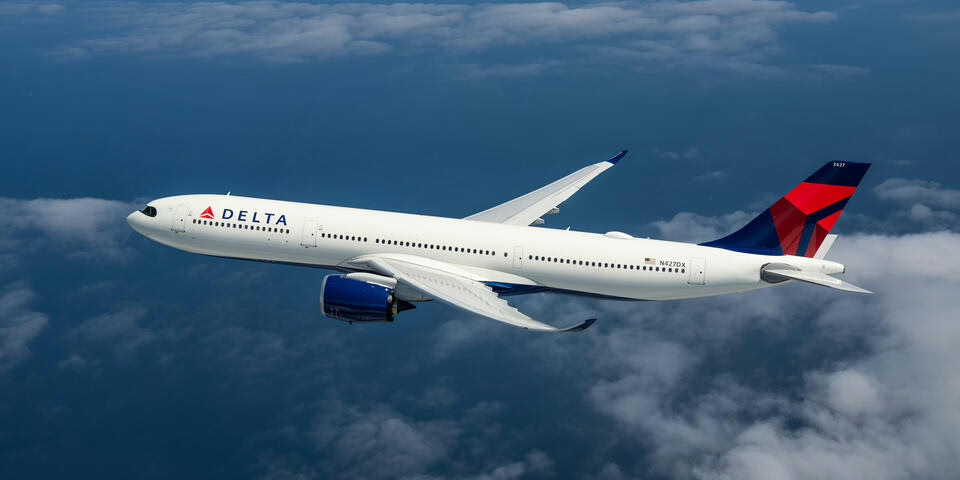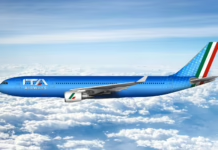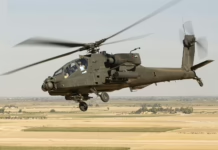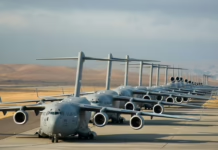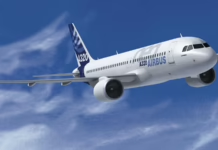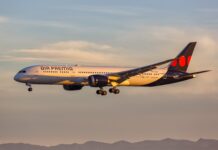Airline dramatically expands twin-aisle operations on US routes, with New York to San Francisco seeing the most significant growth
Delta Air Lines is substantially boosting its domestic widebody service this summer, increasing twin-aisle flights by 36% compared to last year. The carrier has scheduled 12,470 round-trip services using widebody aircraft on domestic routes between March 30 and October 25, up from 9,146 during the same period in 2024.
The expansion comes as competitors American and United Airlines have reduced their domestic widebody operations, allowing Delta to increase its market share from 25% to 33% of all domestic twin-aisle flights in the United States.
Aviation analysts pointed out that this represents the highest level of domestic widebody service for Delta since summer 2014, excluding the pandemic-related spike in 2021. The analysts also consider that while it’s not a record over the past two decades, it demonstrates a significant commitment by Delta to deploying larger aircraft on key domestic routes.
The airline’s widebody expansion is particularly concentrated in shoulder months, with April seeing an 82% year-over-year increase and May up by 47%. Peak summer months show more modest growth, with July increasing by 17% and August by 20%, reflecting the prioritization of these aircraft for international service during the busiest travel period.
Boeing 767-300ERs will handle the bulk of these flights, accounting for 68% of Delta’s domestic widebody operations. The remainder will be operated by 767-400ERs (15%), A330-900s (7%), A330-300s (4%), A350-900s (4%), and A330-200s (2%). Notably, Delta will deploy all three configurations of its flagship A350 on domestic routes.
The most dramatic growth is occurring on the competitive New York JFK to San Francisco route, where widebody service has exploded from just 45 takeoffs last summer to 880 this year. Previously, twin-aisle aircraft represented only 3% of Delta’s flights on this route; now they account for 65%. Up to six daily 767-300ER departures will operate during peak periods in April and May.
Thirteen routes will have at least daily widebody service, representing 88% of Delta’s domestic twin-aisle flights. The JFK to Los Angeles route leads with seven to eleven daily widebody flights each way, utilizing a mix of 767-300ERs, 767-400ERs, A330-900s, and A330-300s.
Other routes with daily or greater widebody service include Los Angeles to Honolulu, Atlanta to Los Angeles, Atlanta to Honolulu, and Detroit to Honolulu, among others. Several routes are also seeing significant increases, such as Atlanta to San Francisco, which moves from just eight widebody takeoffs last summer to daily 767-300ER service this summer.
Industry experts question whether this represents a strategic redeployment of aircraft or if it indicates strong domestic demand. An industry consultant noted that the dramatic increase on the JFK-SFO route raises questions about Delta’s fleet utilization strategy. The consultant suggested that Delta either has excess 767 capacity they need to deploy, or they’re seeing demand and competitive conditions that justify such a heavy widebody commitment.
Delta’s move comes as airlines continue to adjust their networks in response to shifting demand patterns and aircraft availability. The significant widebody deployment offers passengers more premium seating options and larger overall capacity on these key domestic routes.

Key Takeaways
- Delta increases domestic widebody flights by 36%.
- Market share grows to 33% as competitors reduce operations.
- JFK-SFO sees the most growth (45 to 880 widebody flights).
- 767-300ERs operate 68% of services.


